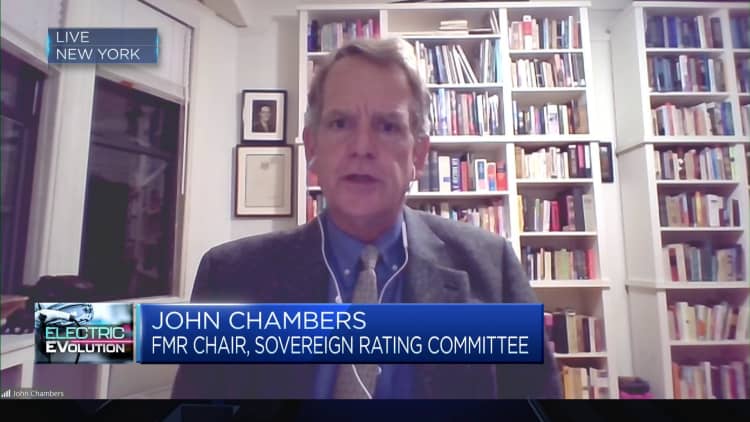A sign declares the National Archive is closed due to a partial federal government shutdown in Washington, December 22, 2018.
Joshua Roberts | Reuters
Two big events could soon coincide: The U.S. federal government is poised to shut down just as student loan bills restart after a pause of more than three years.
With lawmakers thus far unable to strike a deal to keep the government funded beyond this week, the White House is warning federal agencies to prepare for a shutdown. If Congress is unable to pass funding legislation, the closure of agencies could occur starting Oct. 1, just when the Biden administration planned to switch on student loan payments for around 40 million Americans.
“But don’t celebrate just yet,” higher education expert Mark Kantrowitz advised borrowers who may be hoping the drama buys them more time before they have to pay their bill. “Student loan payments are still due.”
More from Personal Finance:
Buy holiday airfare in October
Truck buyers are driving up car payment costs
Why it’s hard to find a cheap new car these days
The length of a possible shutdown will determine the impacts on borrowers, White House Press Secretary Karine Jean-Pierre said during a press briefing on Monday.
“If Republicans in Congress go down this road of shutting down the government, we anticipate that key activities at Federal Student Aid will continue for a couple of weeks,” Jean-Pierre said. “However, if it is a prolonged shutdown [it] could substantially disrupt the return to repayment effort.”
Here’s what borrowers need to know.
90% of Education Department staff could be furloughed
A government shutdown could lead to 90% of staff at the U.S. Department of Education being furloughed, Kantrowitz said. The term “furloughed” derives from the Dutch word, “verlof,” and means “leave of absence.” It is mostly associated with government shutdowns.
The department employed close to 4,100 employees, including part-time and full-time workers, as of September 2021.
But even with the lights mostly off at the Education Department, the student lending machine should keep chugging along.

“There should be minimal disruption of student loans, since the process is mostly managed by student loan servicers and other contractors,” Kantrowitz said.
In other words, your student loan servicer can handle the collecting and processing of your payment each month without help from the Education Department.
Because most federal student loans are paid for with mandatary funding, new borrowers also shouldn’t face any disruptions if there’s a government shutdown. It’s discretionary funding that Congress decides on each year and would be impacted by a shutdown.
Some borrowers could see delays
There are some borrowers who could be impacted by the stalemate in Washington. That’s because certain processes require loan servicers to consult the Education Department.
For example, the department is required to confirm eligibility for borrowers pursuing Public Service Loan Forgiveness aid. That federal program allows workers for the government or certain nonprofits to get their student debt canceled after 10 years.
During a shutdown, borrowers could run into delays trying to apply for their final loan forgiveness.
Meanwhile, borrowers hoping to make changes to their loans, such as consolidating them, may also hit a wall.
Those hoping to get information on their loans or the restart of repayment may be stuck waiting for answers if staff at the Federal Student Aid Information Center need to consult the Education Department, Kantrowitz added.
Still, borrowers should be able to get most of the information they need from their loan servicer and on studentaid.gov.
Borrowers should also be able to change their repayment plan and certify their current income under income-driven repayment plans without any bumps.

